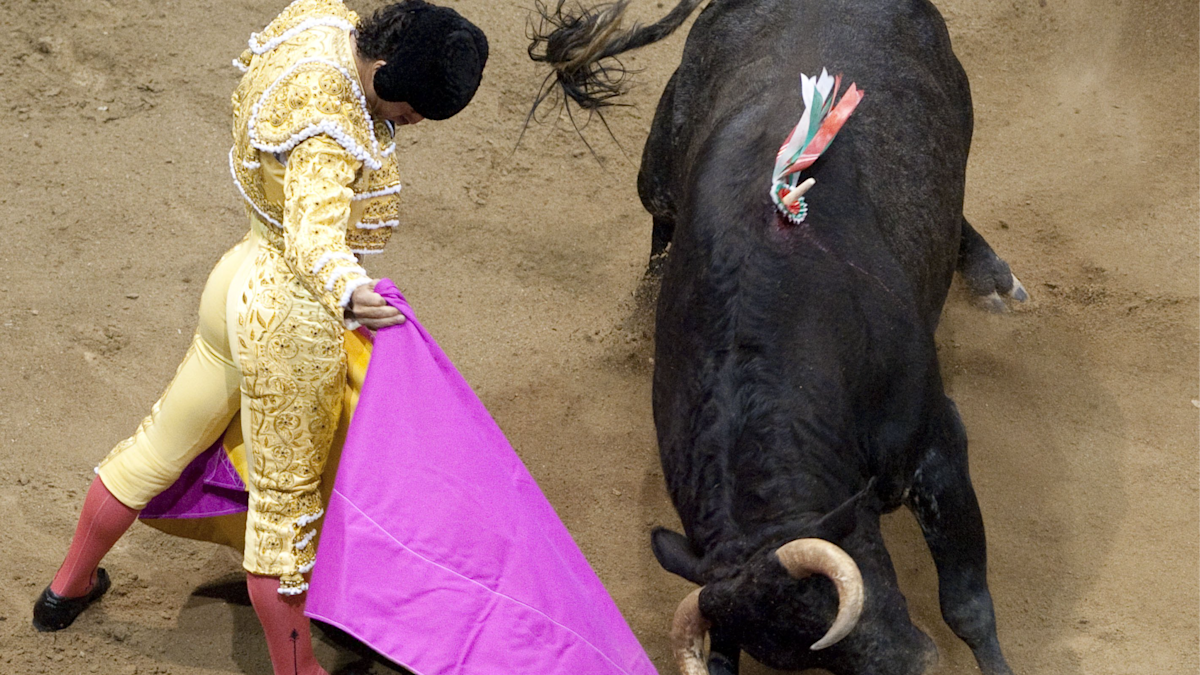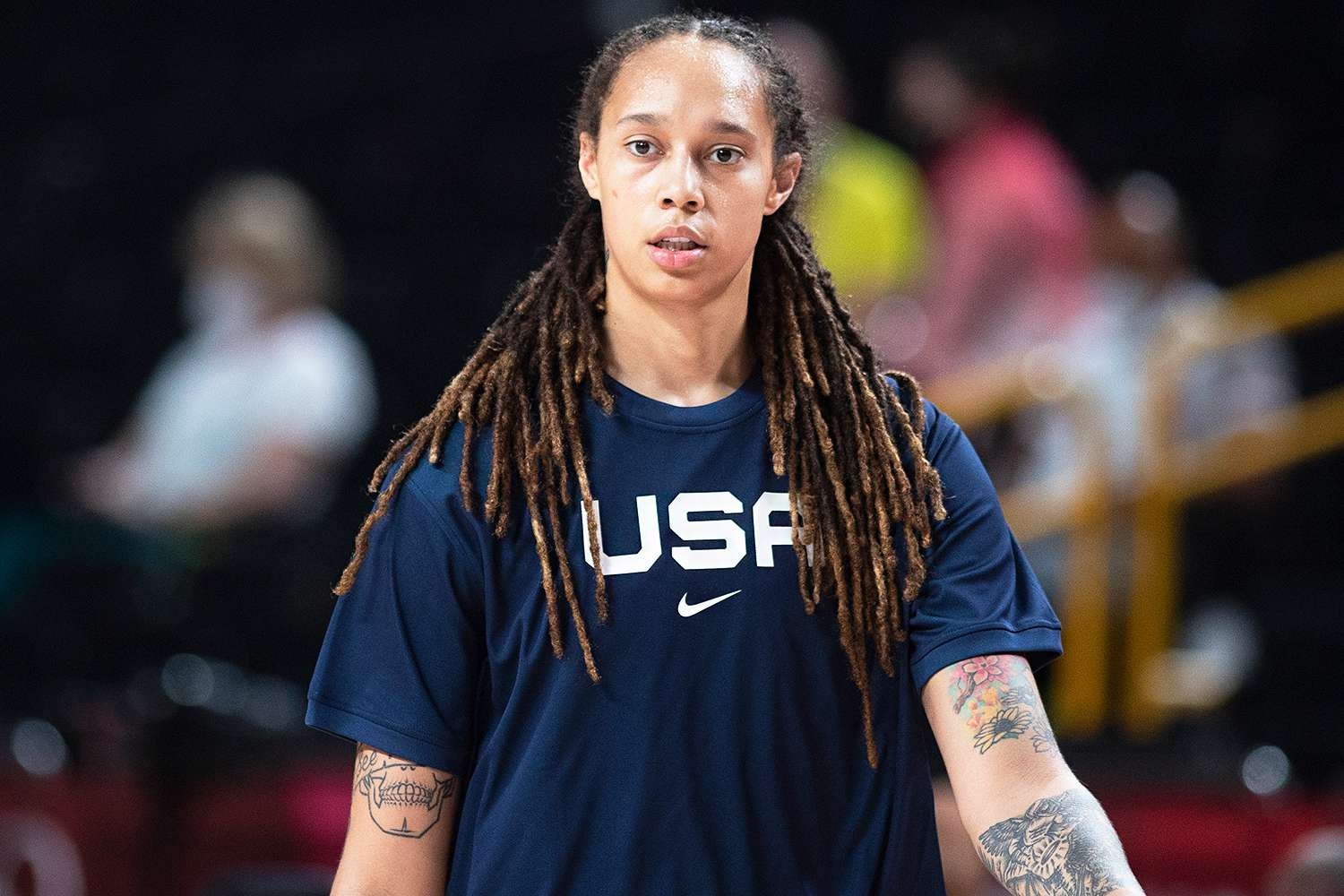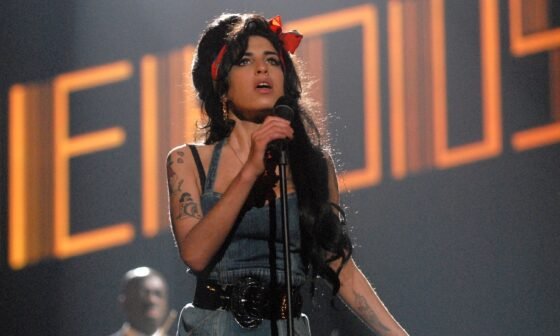On a fateful day in 2017, the bullfighting community was struck by profound loss when renowned Spanish matador Iván Fandiño, aged 36, met a tragic end during a festival in Aire-sur-l’Adour, southwest France. The seasoned matador, celebrated for his daring confrontations with formidable bulls, suffered a fatal injury that reverberated far beyond the arena, marking a somber milestone as the first matador death in France in nearly a century.
A Fatal Misstep in the Arena
The tragedy unfolded during a routine bullfight when Fandiño, in a moment of misfortune, tripped over his cape. This misstep left him vulnerable, and the bull seized the opportunity, delivering a devastating goring to his torso. The impact was catastrophic, piercing his lungs and damaging vital organs. Despite the severity of his injuries, Fandiño remained conscious as he was swiftly carried from the arena, a testament to his resilience even in the face of mortal danger.
As medics rushed him toward the hospital, Fandiño’s condition deteriorated rapidly. His final, haunting words, “Hurry up, I’m dying,” underscored the gravity of the moment. Tragically, he suffered a fatal heart attack en route, succumbing to his injuries before reaching medical care.
A Matador Known for Bravery
Iván Fandiño was no stranger to the perils of his profession. Known for taking on some of the most dangerous bulls in the sport, he had previously survived serious injuries, earning a reputation for his skill and fearlessness. His performances captivated audiences, blending artistry with the raw intensity that defines bullfighting. Yet, the incident in Aire-sur-l’Adour proved insurmountable, even for a matador of his caliber.
The bullfighting world was left in shock, grappling with the loss of a figure who embodied the sport’s traditions and courage. Fandiño’s death came just a year after another high-profile tragedy—the 2016 death of Spanish matador Víctor Barrio, who was also killed by a bull during a fight in Spain. These successive losses cast a somber shadow over the sport, reigniting debates about its risks and ethical implications.
Bullfighting’s Controversy and Legacy
Bullfighting, a centuries-old tradition in Spain and parts of France, remains a polarizing spectacle. For its proponents, it is an art form steeped in cultural heritage, demanding immense skill and bravery. For critics, including animal rights advocates, it is a cruel practice that inflicts suffering on animals and endangers human lives. Fandiño’s death intensified calls for a ban, with activists arguing that the sport’s inherent dangers—both to bulls and matadors—are unjustifiable in modern times.
Despite these controversies, bullfighting continues to hold legal status in Spain and select regions of France, including the southwest, where Aire-sur-l’Adour hosts its annual festival. The sport’s enduring popularity ensures packed arenas, even as public sentiment in some areas shifts toward reform or abolition.
A Lasting Impact
Iván Fandiño’s death was more than a tragedy for his family, friends, and fans—it was a stark reminder of the high stakes matadors face each time they step into the ring. His final moments, marked by both vulnerability and stoicism, left an indelible mark on the bullfighting community. Tributes poured in, honoring a man whose life was defined by his passion for an ancient, embattled tradition.
As the world reflects on Fandiño’s legacy, his story serves as both a celebration of courage and a sobering call to examine the cost of bullfighting. For now, the arenas remain, and the bulls charge on—but the memory of Iván Fandiño endures, a poignant symbol of a sport where glory and tragedy are forever intertwined.






